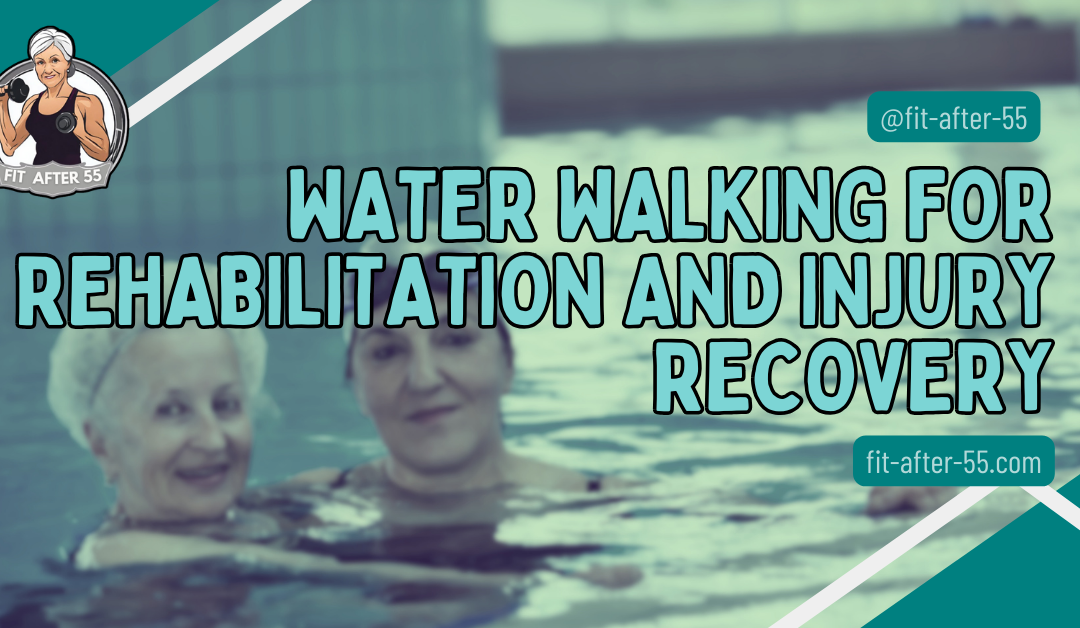Water walking for rehabilitation and injury recovery might sound unconventional, but hear me out. Imagine a low-impact exercise that eases joint pain, improves circulation, and strengthens your body all while feeling more like a refreshing dip in the pool than a grueling workout. That’s the magic of water walking, and it’s quickly becoming a favorite tool for physical therapists and rehabilitation specialists.
Water Walking for Rehabilitation and Injury Recovery: Your Low-Impact Path to Healing
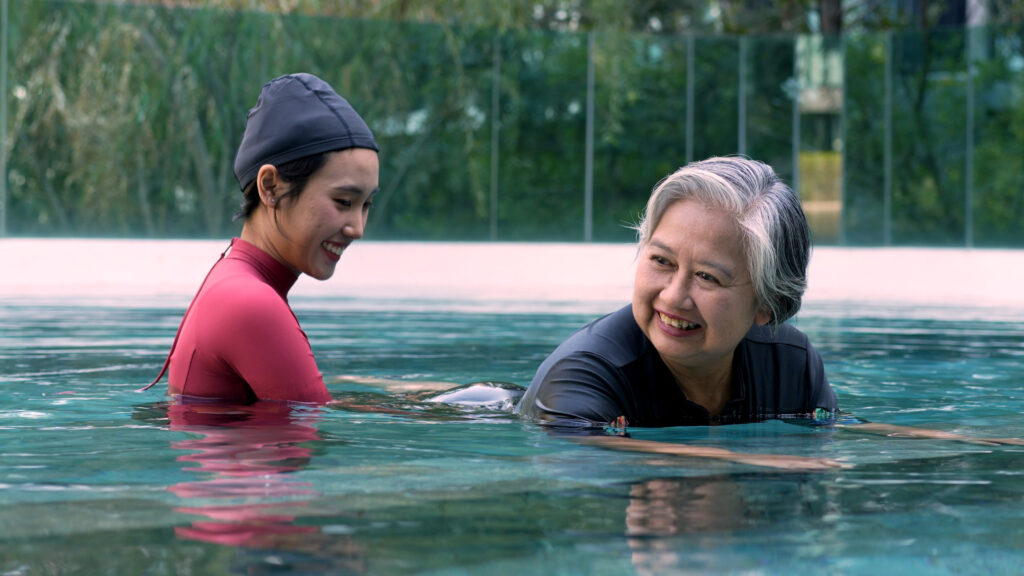
I’m here to help you understand water walking, an activity you might not have considered for rehabilitation and injury recovery. Water walking isn’t a new concept; it’s been around for a while, but its popularity has spiked recently thanks to a growing endorsement by healthcare professionals.
Water walking involves walking through water, typically in a pool, using the resistance provided by the water to exercise without putting excessive stress on the body. It’s simple, low-impact, and remarkably effective for recovering from injury or chronic pain conditions.
You’ll learn about the practical benefits of water walking, such as how it eases joint pain, improves circulation, and enhances overall physical functionality in a safe, controlled manner. We’ll also touch on how it can be a stepping stone to returning to daily activities or even higher-level sports.
In my opinion, water walking is a gem in the rehabilitation toolbox that deserves more spotlight. So whether you’re recovering from an injury, battling arthritis, or looking for a gentle exercise routine, water walking is what you need. Let’s explore the science behind why water walking is such an excellent choice for rehabilitation.
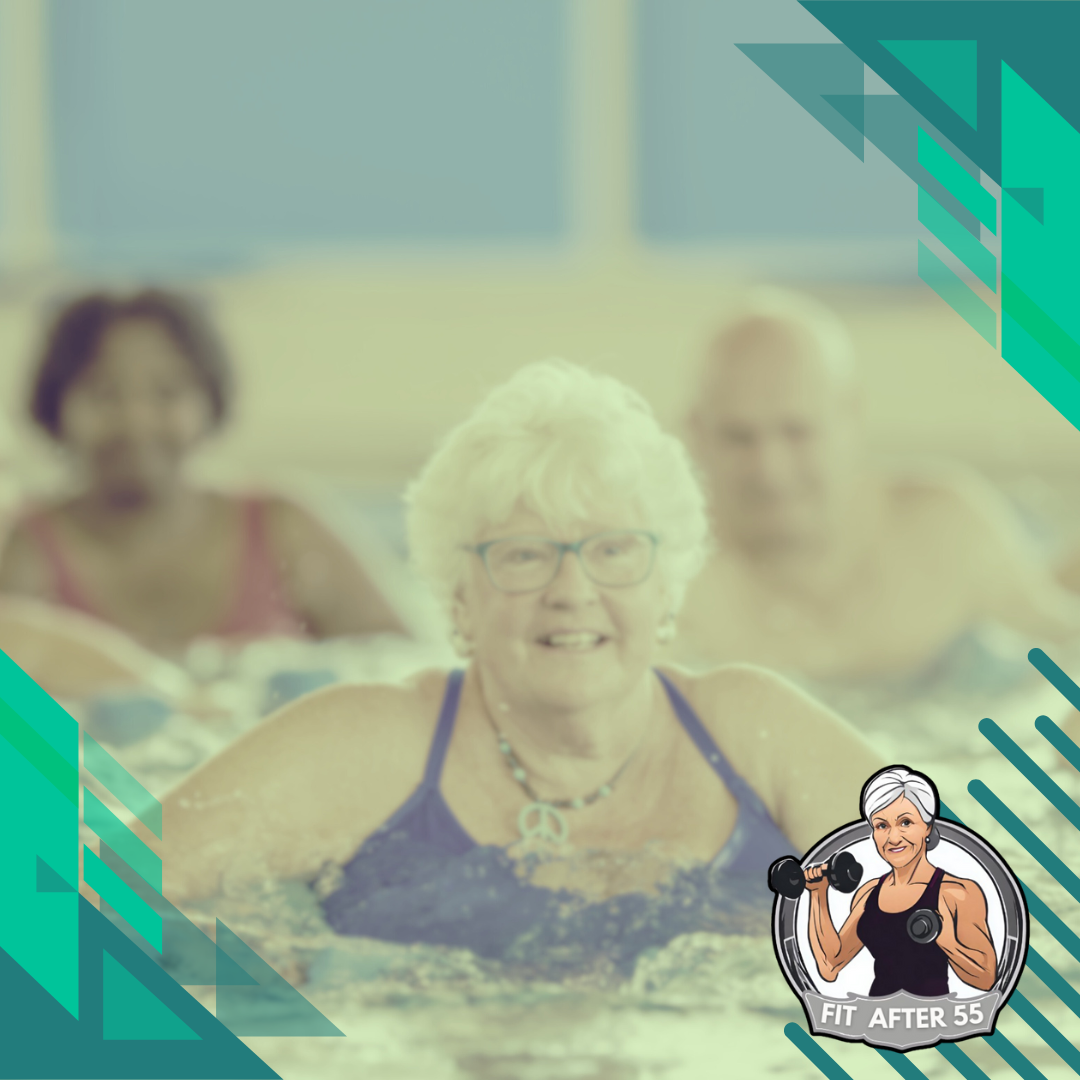
Key Takeaways:
- Water walking is a low-impact exercise that’s perfect for rehabilitation and injury recovery.
- Buoyancy, hydrostatic pressure, and water resistance all contribute to water walking’s effectiveness.
- Water walking routines can be customized to target specific injuries and maximize healing.
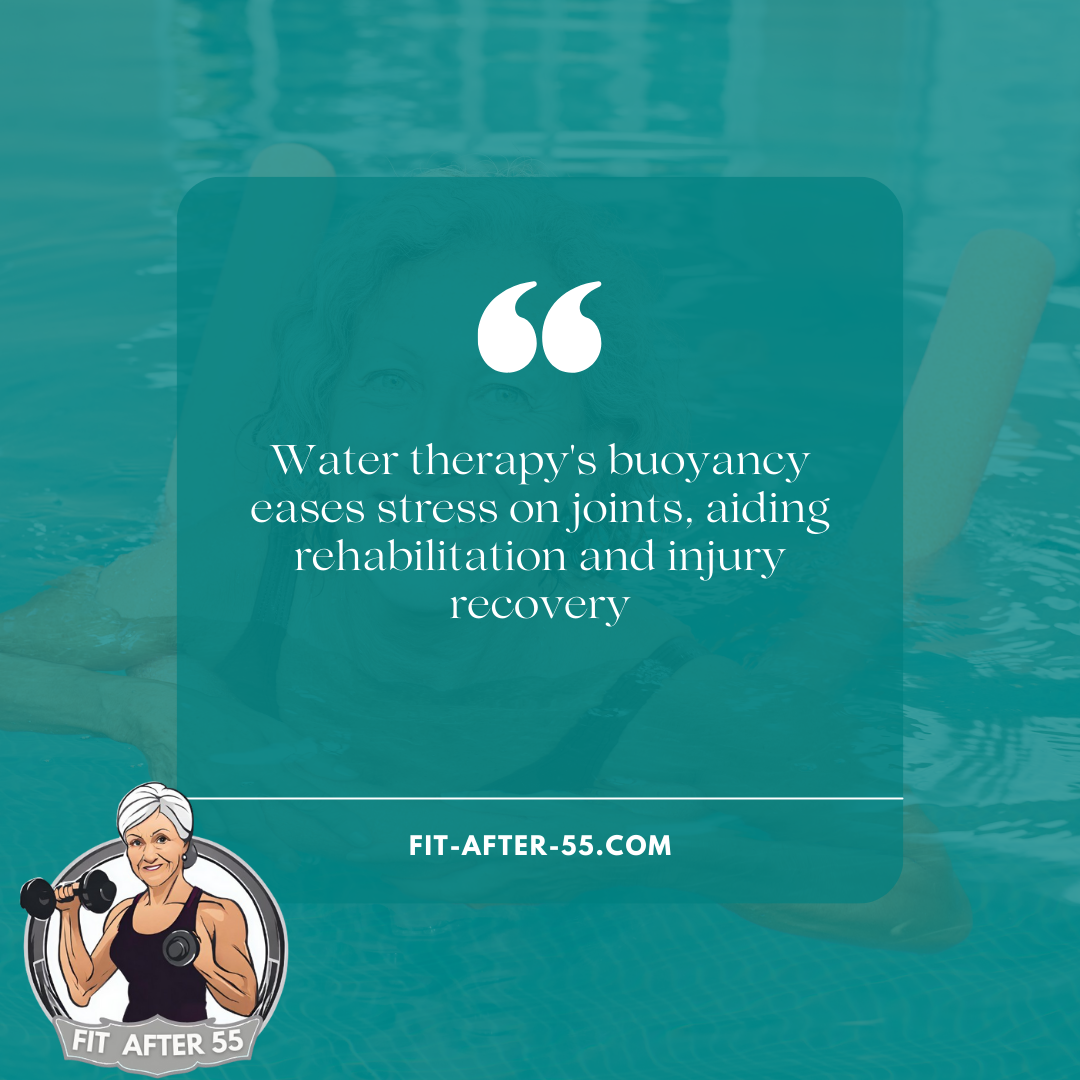
The Science Behind Water Walking for Rehabilitation
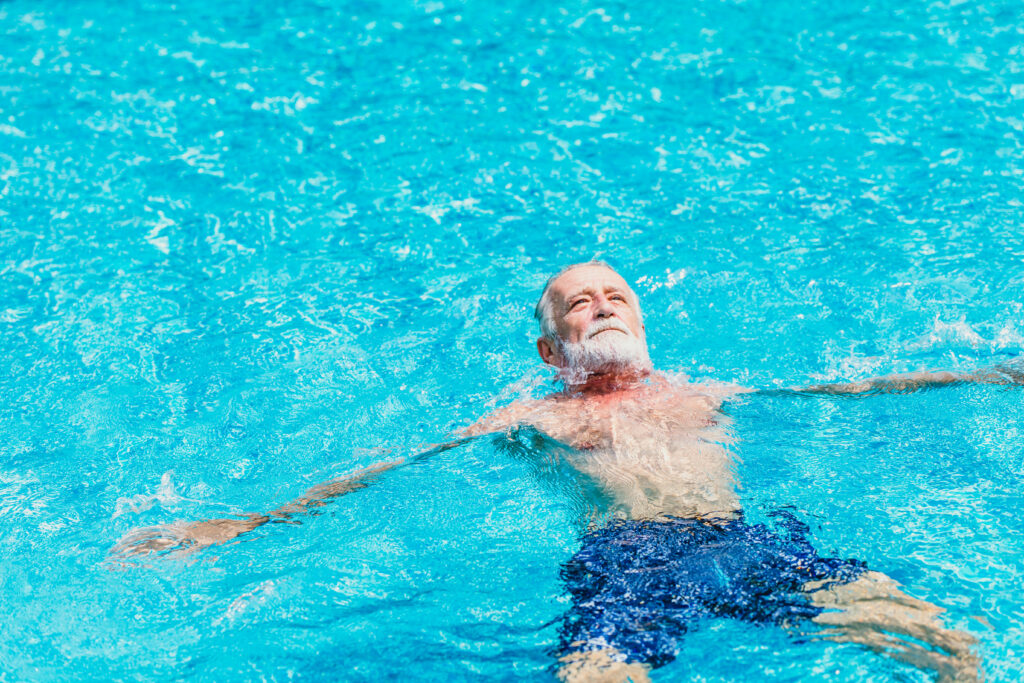
Now, let’s focus on why water walking is such an effective form of rehabilitation. It all comes down to a few key physical properties of water that offer unique benefits compared to land-based activities. The three main factors at play here are buoyancy, hydrostatic pressure, and water’s resistance properties.
Buoyancy: Nature’s Weight Reliever
First up is buoyancy. Buoyancy is like nature’s weight reliever, reducing the load on your joints and muscles as you move. This is a game-changer for recovering from injuries, allowing them to perform exercises without the full impact they would experience on land. It offers a low-impact workout environment that still challenges the body.
Hydrostatic Pressure: Managing Swelling and Inflammation
Next, there’s hydrostatic pressure. When you submerge yourself in water, there’s an all-around pressure acting on your body. This uniform pressure helps manage swelling by promoting better blood circulation and can aid in reducing inflammation. For anyone recovering from an injury, this can mean less pain and quicker healing.
Water Resistance: Building Strength Without Impact
Lastly, water resistance is another piece of the puzzle. Due to its density, moving through water is more complicated than moving through air, which means your muscles have to work harder. This translates into strength building without the need for weights or additional equipment. And the best part? You can constantly adjust your approach by increasing your movement speed or using water weights to up the ante as you heal.
The Magic of Water Walking for Injury Recovery
So, you’ve got a holistic workout that engages multiple aspects of physical rehabilitation: promoting strength, reducing pain, and minimizing impact on the body. That’s the magic of water walking for injury recovery.
Getting Started with Water Walking
You’ll find out how simple it is to get started with water walking. All you need are a few essentials, and you’re ready to take the plunge—figuratively speaking. Water walking does not require swimming, so even if you’re not the best swimmer, you can still take advantage of this low-impact exercise.
Let’s talk about the equipment. Think of water walking like any other exercise—appropriate gear is critical. Most commonly, you’ll want a comfortable swimsuit, water shoes to provide extra grip on the pool floor, and perhaps a flotation belt or vest if you need support to maintain a proper upright position in the water. Don’t worry too much about getting fancy equipment; choose something comfortable and functional.
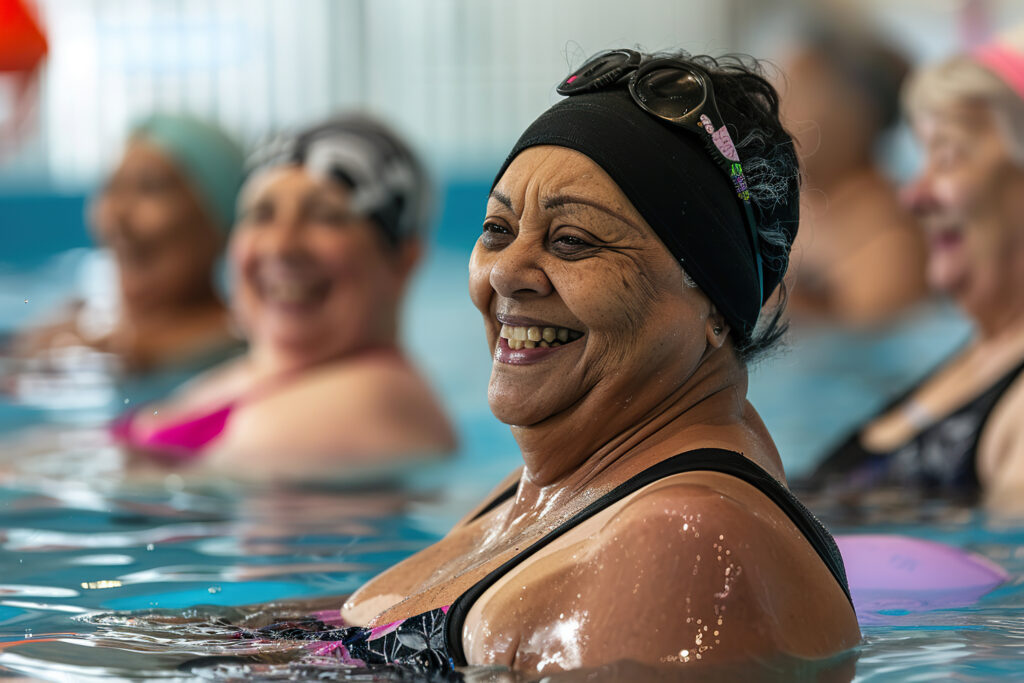
Next up is finding the right spot to water walk. A shallow pool where you can easily touch the bottom is the best place to start. Specialized facilities with lap pools have dedicated lanes for water walking. Suppose you have access to a community pool; that can work just as well. Remember to ensure it’s a safe and controlled environment, especially if you’re still in the early stages of injury recovery.
Finally, you must do more than wade in and wander. There are specific techniques for water walking that can maximize the therapeutic benefits while minimizing the risk of further injury. Walking in a straight line, maintaining proper posture, and using arm motions similar to those used in land walking all contribute to a more effective workout. And never underestimate the importance of safety precautions—always have a lifeguard or trained professional around when you’re just starting.
Transitioning to the next section, adapting water walking to different injuries requires a customized approach. So, please stay tuned to learn how to tailor water walking routines to fit your specific recovery needs and ensure you get the most out of every step you take in the water.
Adapting Water Walking to Different Injuries
Tailoring water walking routines to target specific injuries maximizes the therapy’s effectiveness. Not all injuries are created equal, and neither should the rehabilitation approach. For example, someone with a knee injury may benefit from focusing on gentle, straight-leg movements, while someone recovering from a shoulder injury might need to engage in exercises that limit upper body involvement.

In my experience, it’s beneficial to collaborate between patients and healthcare professionals when constructing a water walking program. Physical therapists often design customized routines that address individual needs, ensuring that each movement contributes to the healing process. They also monitor for proper form and technique to prevent re-injury or developing secondary issues.
To give you a clearer picture, let’s discuss some success stories. Through case studies, you’ll learn about individuals who’ve achieved significant milestones in their recovery by incorporating water walking into their rehabilitation. Such testimonials are not only inspiring but also demonstrate the tangible results that can be attained with this low-impact exercise.
Integrating Water Walking into Your Recovery Routine
Creating a well-rounded recovery program goes beyond the exercises; it’s about timing, consistency, and variation. Water walking can be a central part of your rehabilitation, but let’s see how you can harmonize it with your overall recovery plan.
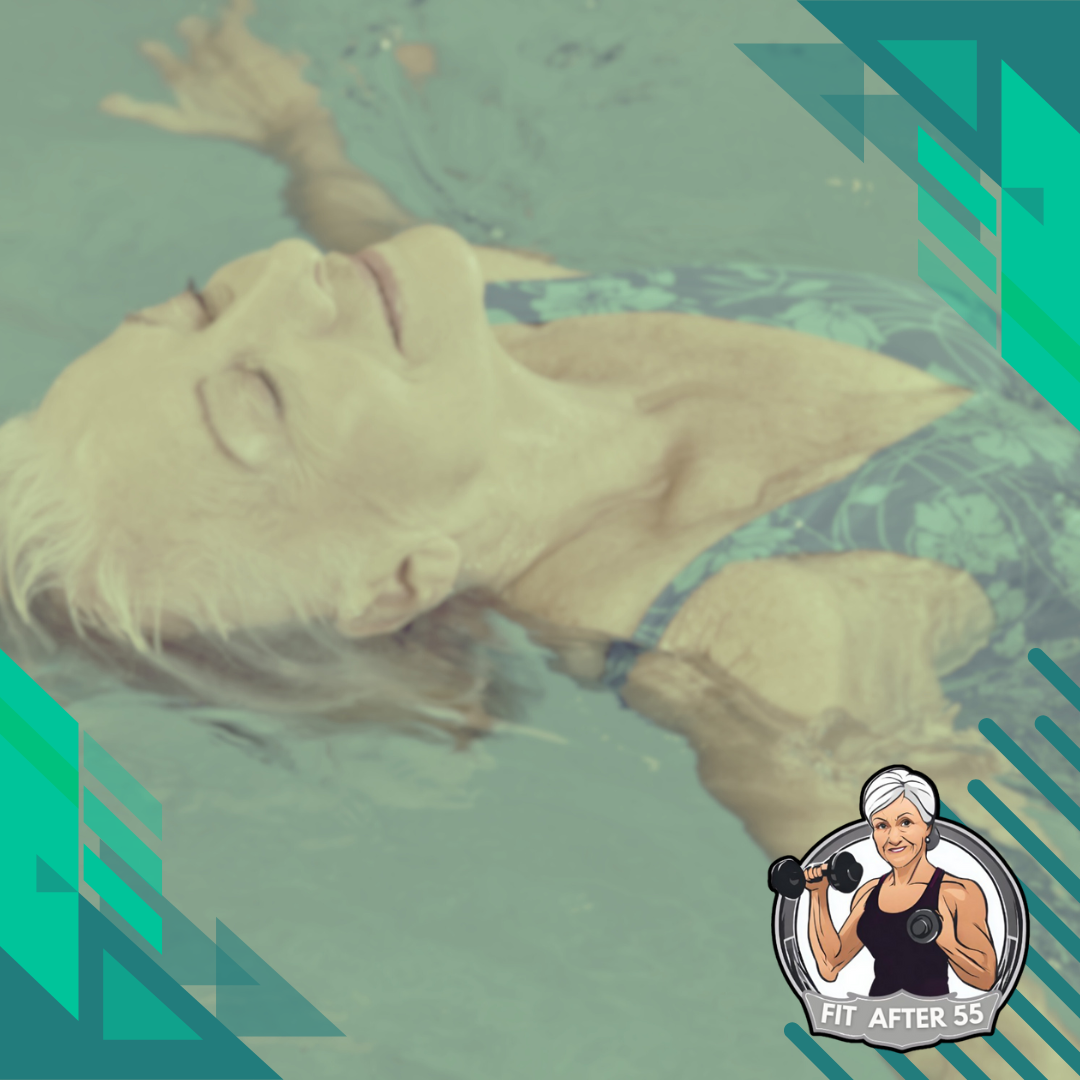
Combining water walking with other forms of physiotherapy can enhance the healing process. For instance, gentle stretching or yoga on dry land can improve flexibility, while strength training can fortify the muscles supporting injured areas.
Monitoring your progress is critical to a successful recovery. Keep track of how you feel during and after water walking sessions. Notice improvements in pain levels, mobility, and strength, and discuss these findings regularly with your healthcare provider to make necessary adjustments to your routine.
Set small, achievable goals for each week. This might mean gradually increasing the duration of your water walking sessions or incorporating new movements into the exercise as you gain strength and confidence in your abilities.
Please remember, as you incorporate water walking into your routine, you should pay attention to your body’s signals. Too much soreness, fatigue, or increased pain is your cue to slow down and reassess your program with professional help.
Precautions and Contraindications for Water Walking
I’m here to help you navigate the risks of water walking and identify when there might be better options. That will include unpacking the potential dangers and outlining specific health conditions that require extra caution. Don’t worry too much about this part; it’s crucial for ensuring your safety, but once you understand the guidelines, you’ll comfortably enjoy the benefits of water walking. Always remember your well-being is the priority.

Potential Hazards and the Importance of Pre-Exercise Clearance
Now, what are the risks? Slick pool surfaces can pose a fall hazard, especially for those dealing with balance issues. And, like any form of exercise, there’s always a slight risk of exacerbating existing injuries or health conditions if not done correctly. That’s why it’s essential to clear your water walking plans with a healthcare provider first.
Special Considerations for Certain Conditions
There are special considerations, too. If you have an open wound or an infection, particularly skin infections, water walking should be postponed to avoid worsening your condition or infecting others. Those with cardiovascular conditions should also proceed cautiously; the water’s pressure can affect blood flow and heart function.
Contraindications: When Water Walking Might Not Be Suitable
You might be asking about the contraindications. Well, some individuals with severe balance disorders, uncontrolled seizures, or extreme fear of water might need to avoid water walking or engage in heavily adapted sessions with professional support.
Water Walking for Specific Needs: Consulting a Healthcare Professional
Approach water walking with an informed perspective, especially if you’re pregnant or have chronic health issues like arthritis. Your GP or a physical therapist can provide tailored advice to ensure you benefit from water walking without taking unnecessary risks.
Moving Forward: Maintaining Gains Post-Recovery
I’m here to help you chart a path beyond your recovery period. You’ve put in the hard work through water walking, and now it’s about keeping and expanding those gains. This isn’t just about staying injury-free; it’s also about enhancing your overall fitness and wellbeing.
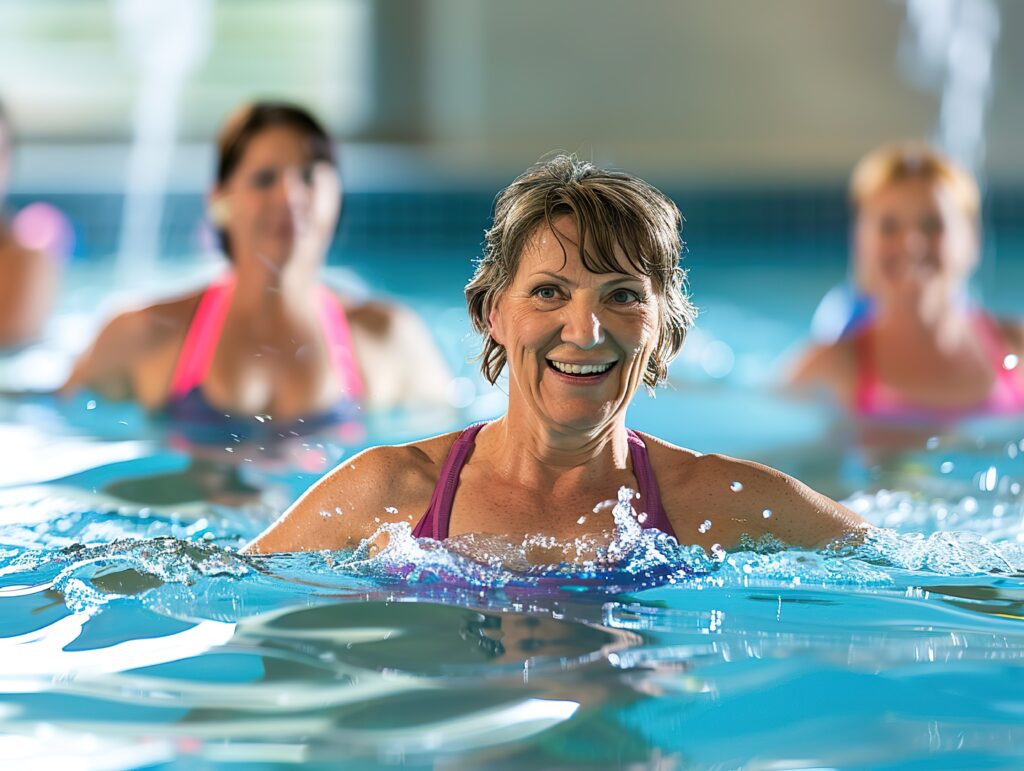
If you want to continue reaping the benefits of water walking, consider making it a staple in your fitness routine. Choose workouts that resonate with you and are sustainable in the long run. You can constantly adjust your approach as you gain strength and confidence.
There’s an incredible opportunity to use the foundations you’ve built to explore other aquatic exercises or even transition to land-based activities. This is how you ensure that your hard-earned progress contributes to your long-term health.
Your first attempt at creating a post-recovery fitness plan can be something other than perfect. Don’t worry too much about crafting the ultimate regimen. Just don’t focus too much on perfection. You can just implement what you’ve learned and adjust your plan as you grow.
It’s important to cherish the community you’ve found during your water walking rehabilitation. They’ve been part of your journey and can be a fantastic support system as you set new challenges and achieve further goals.
Celebrating every milestone is key to maintaining motivation. Set realistic targets, track your achievements, and remember that fitness is a lifelong journey filled with ups and downs. Embrace it with the enthusiasm you’ve shown so far and keep moving forward.
I hope you continue to embrace the strength and mobility that water walking offers you. Dive into new activities with confidence and celebrate your healthy, active lifestyle. Thank you for letting me guide you through this process, and here’s to your continued health and success!
Frequently Asked Questions
Is water walking good for healing injuries?
Absolutely! Water helps you move without stressing your joints, which is perfect for recovery.
What do I need to get started?
Just a swimsuit, water shoes for grip, and maybe a float vest for balance at first.
Can I customize my water walking routine?
You bet! A physical therapist can help design exercises for your specific injury.
Are there any times I should avoid water walking?
If you have open wounds, infections, heart problems, or a big fear of water, talk to your doctor first.
Live Your Fittest Life at Any Age!
Join our growing community of fitness enthusiasts over 55! Get inspired by engaging content, insightful product reviews, and connect with like-minded individuals passionate about staying active and healthy. Visit our official website: [fit-after-55.com] and join us on Facebook: Facebook. Let’s get moving!

